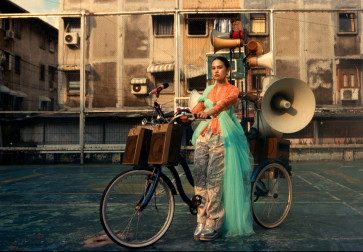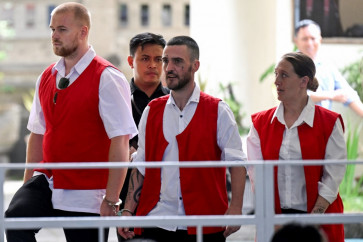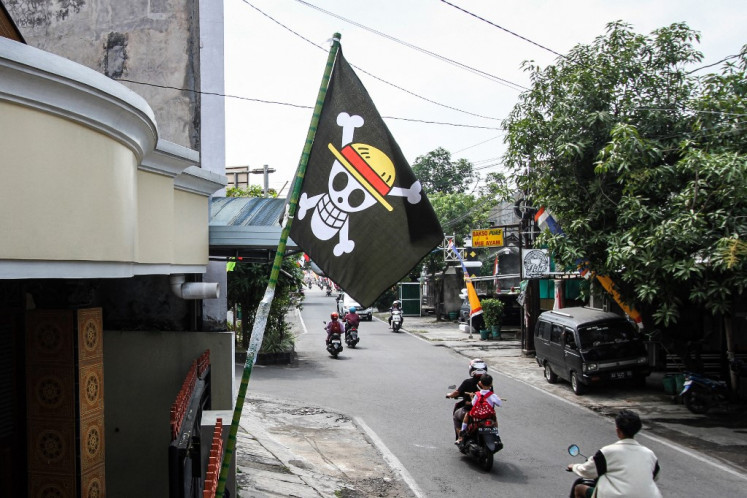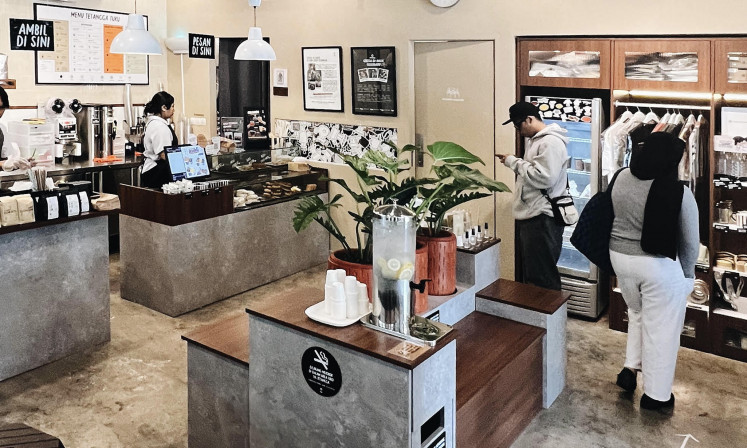Popular Reads
Top Results
Can't find what you're looking for?
View all search resultsPopular Reads
Top Results
Can't find what you're looking for?
View all search resultsRI to waive tariffs on imports from LDCs
Indonesia will introduce duty-free and quota-free facilities for imports from the worldâs poorest nations as part of the effort to boost trade relations with the so-called least developed countries (LDCs), a senior trade official says
Change text size
Gift Premium Articles
to Anyone
I
ndonesia will introduce duty-free and quota-free facilities for imports from the world's poorest nations as part of the effort to boost trade relations with the so-called least developed countries (LDCs), a senior trade official says.
Deputy Trade Minister Bayu Krisnamurthi said in Jakarta on Wednesday the planned duty-free tariff preference scheme would cover key products such as cotton and wheat. 'We expect that the scheme will include commodities and goods with wide impacts on the LDCs to ensure it benefits them,' he told reporters in his office.
Apart from that, the country would also consider putting on the list raw materials necessary for local industry that many of the LDCs could supply, Bayu added.
At present, Indonesia imposes import tariffs of an average of 6.8 percent on goods and commodities.
Indonesia's commitment is part of the growing efforts made by developing-country members of the World Trade Organization (WTO) to provide wider market access for products from the world's poorest economies. This follows on the heels of similar commitments made by most WTO members in the developing-country category.
India, for instance, has expressed its commitment to apply the preference scheme to 14 LDCs since August 2008, gradually removing duty from 85 percent of tariff lines over a period of five years to cover products like cotton, cocoa, cane sugar and ready-made garments. China has also offered duty-free status for 60 percent of overall tariff lines.
Bayu said that the Indonesian government was still mapping out how many tariff lines would be removed under the duty-free facility, as well as how many LDC countries would be covered. He said that it would likely range between 32 percent and 95 percent, or within the same range pledged by Taiwan and South Korea respectively.
The implementation of the commitment might happen as soon as next year after the conclusion of the ninth WTO Ministerial Conference in December to be hosted by Indonesia in Bali, according to Bayu.
The duty-free and quota-free preferences are part of the Doha Ministerial Declaration signed in 2001 by the members of the ruling body for world trade.
During the WTO ministerial conference in 2005 in China, ministers vowed to implement the facilities starting in 2008 for at least 97 percent of products from LDCs, the poorest and weakest tiers of the international community.
The WTO uses the LDC criteria as designated by the United Nations and on those grounds, there are now 49 such countries across the globe, 34 of which have so far entered membership of the WTO.
Indonesia's initiative to give the duty-free and quota-free preferences for LDCs comes ahead of the Bali conference, during which it aims to attain a small number of deliverable achievements that seek to balance the various interests of developed countries, developing countries and LDCs.
Among the prioritized deliverables, which derive from the long-stalled Doha Round of trade talks, are trade facilitation packages and LDC packages.
The Doha Round talks seeking to reduce tariffs and farm subsidies as well as liberalizing trade in services have been deadlocked since 2008 as developed and developing nations failed to reach agreement over crucial issues, such as measures to protect farmers in poorer countries and elimination of tariffs for industrial goods.










